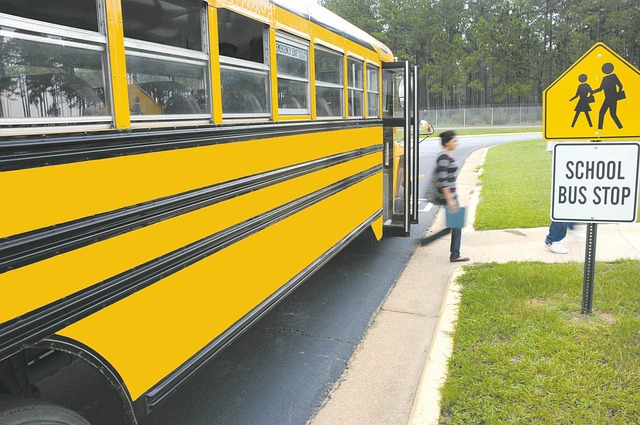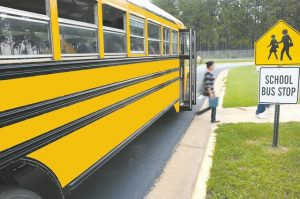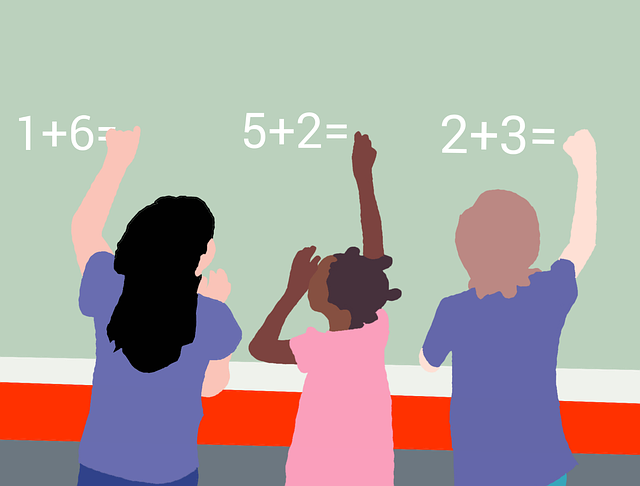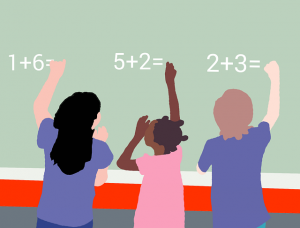New Data Highlight Disparities In Students Learning In Person
 The U.S. Education Department has released the first in a series of school surveys intended to provide a national view of learning during the pandemic. It reveals that the percentage of students who are still attending school virtually may be higher than previously understood. Read more ›
The U.S. Education Department has released the first in a series of school surveys intended to provide a national view of learning during the pandemic. It reveals that the percentage of students who are still attending school virtually may be higher than previously understood. Read more ›


 Digital picture books have been a godsend during the pandemic. With libraries shuttered and bookstores a nonessential trip, many parents have downloaded book after book on tablets and smartphones to keep their little ones reading.
Digital picture books have been a godsend during the pandemic. With libraries shuttered and bookstores a nonessential trip, many parents have downloaded book after book on tablets and smartphones to keep their little ones reading.
 As students return to schools shuttered by the coronavirus pandemic, many large school districts are not prepared to meet the needs of well more than 1 million students with disabilities who have a legal right to receive support and services but are not getting them ― and the problem is most severe for students of color, according to a new report.
As students return to schools shuttered by the coronavirus pandemic, many large school districts are not prepared to meet the needs of well more than 1 million students with disabilities who have a legal right to receive support and services but are not getting them ― and the problem is most severe for students of color, according to a new report. 
 The safe reopening of schools for in-person learning — with the use of mitigation efforts — is a critical step in addressing the physical, academic and emotional stress students have faced during the pandemic, school administrators, researchers, physicians and scientists said during two separate press briefings.
The safe reopening of schools for in-person learning — with the use of mitigation efforts — is a critical step in addressing the physical, academic and emotional stress students have faced during the pandemic, school administrators, researchers, physicians and scientists said during two separate press briefings. 
 A study by researchers at
A study by researchers at 
 As early as last spring, psychologists were warning that even as children and teens were spared most of the physical impact of the COVID-19 pandemic, the shuttering of schools, the lack of contact with friends and the loss of milestones like birthday parties, graduations and more would exact a heavy emotional and developmental price. Now, a year on, the numbers are in—and they’re in some ways worse than the experts feared.
As early as last spring, psychologists were warning that even as children and teens were spared most of the physical impact of the COVID-19 pandemic, the shuttering of schools, the lack of contact with friends and the loss of milestones like birthday parties, graduations and more would exact a heavy emotional and developmental price. Now, a year on, the numbers are in—and they’re in some ways worse than the experts feared. 
 Suicide rates for adolescents have risen over the past two decades. In 2019, nearly 1,600 adolescents between the ages of 12 and 17 died by suicide. Only about 40% of adolescents who die by suicide have been treated for a mental health concern. To help ensure that at-risk youth receive help, it is important to screen broadly for suicide risk.
Suicide rates for adolescents have risen over the past two decades. In 2019, nearly 1,600 adolescents between the ages of 12 and 17 died by suicide. Only about 40% of adolescents who die by suicide have been treated for a mental health concern. To help ensure that at-risk youth receive help, it is important to screen broadly for suicide risk. 
 Fortunately, education is progressing to become more inclusive of those with different learning styles and educational needs, but there is still a lot that can be done to make the classroom more inclusive for each and every student. It is becoming more and more apparent that it is time we rethink not just what we teach, but exactly how we teach.
Fortunately, education is progressing to become more inclusive of those with different learning styles and educational needs, but there is still a lot that can be done to make the classroom more inclusive for each and every student. It is becoming more and more apparent that it is time we rethink not just what we teach, but exactly how we teach.
 The fit of your mask matters a lot for protection against the novel coronavirus, according to a new study from the Centers for Disease Control and Prevention (CDC). And double masking may be one simple way to get a better fit, the study found.
The fit of your mask matters a lot for protection against the novel coronavirus, according to a new study from the Centers for Disease Control and Prevention (CDC). And double masking may be one simple way to get a better fit, the study found. 
 A study on the extent of pandemic-induced learning loss in 18 California districts reveals younger, lower-income students and English learners were the hardest hit by school closures last spring. The
A study on the extent of pandemic-induced learning loss in 18 California districts reveals younger, lower-income students and English learners were the hardest hit by school closures last spring. The 

